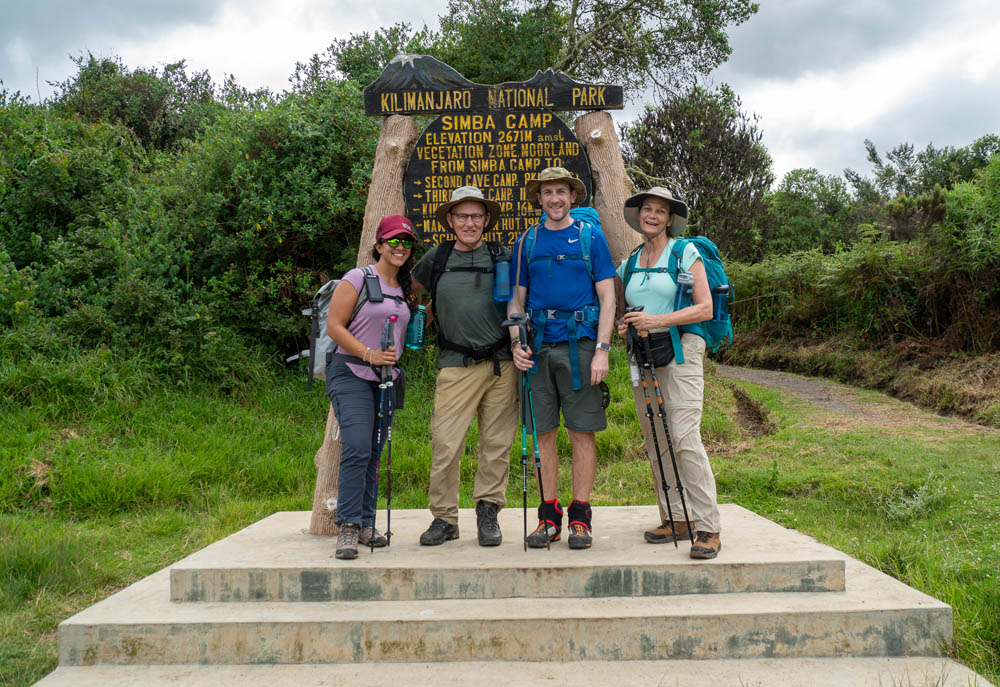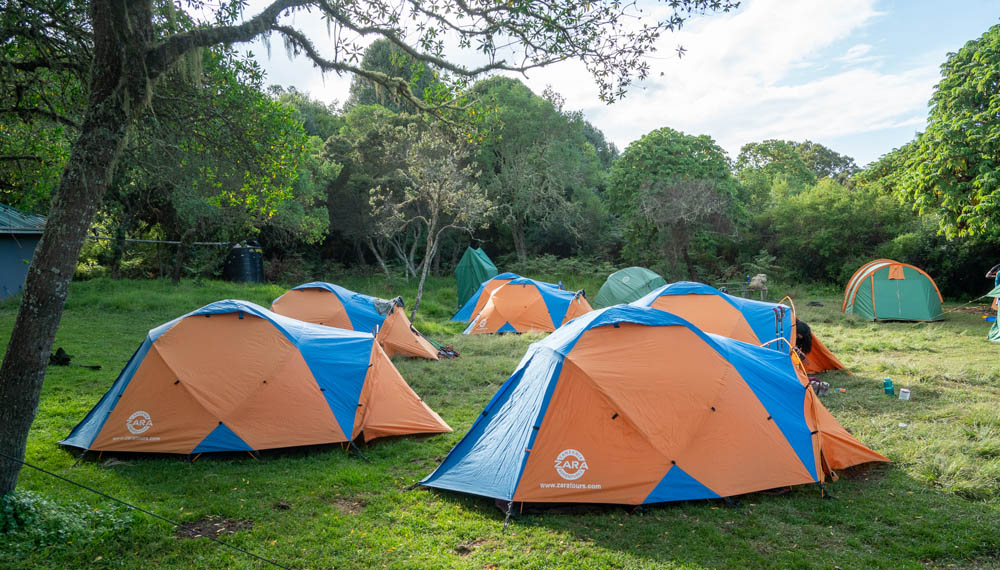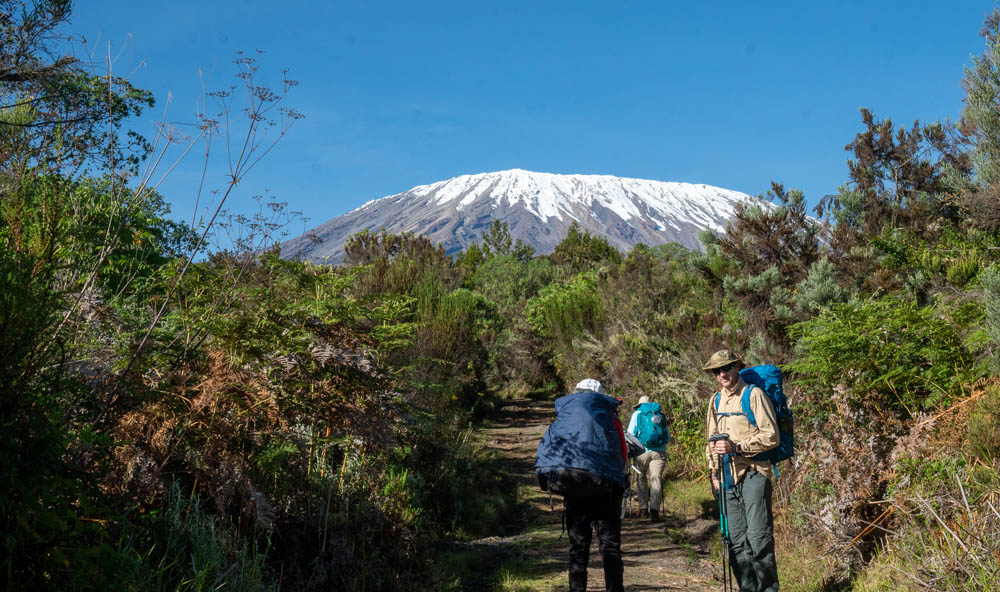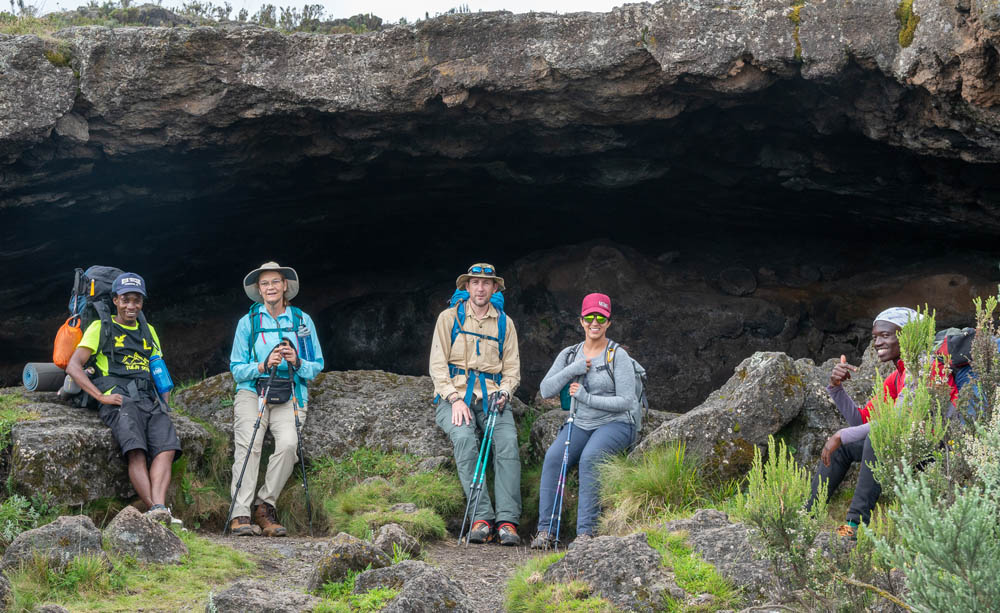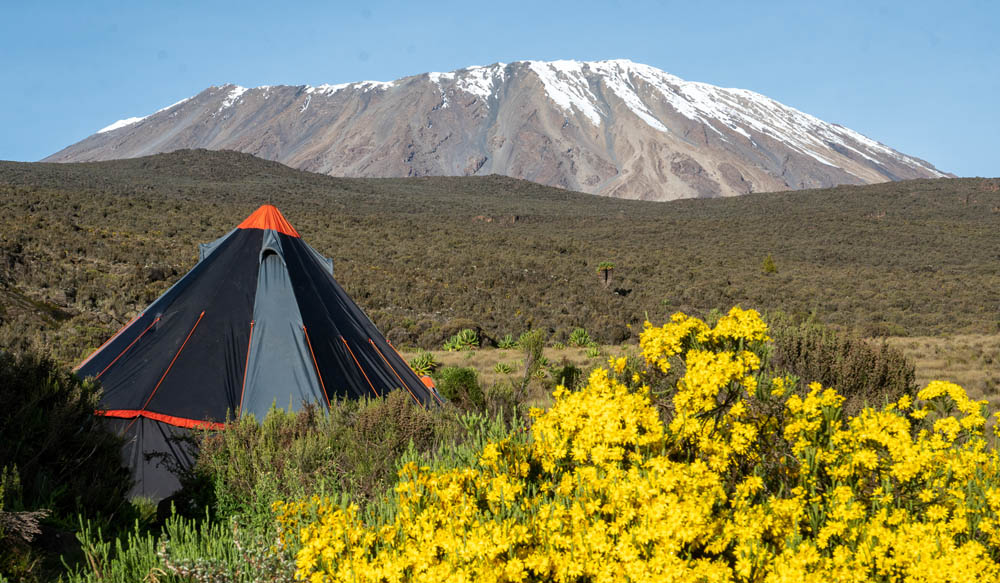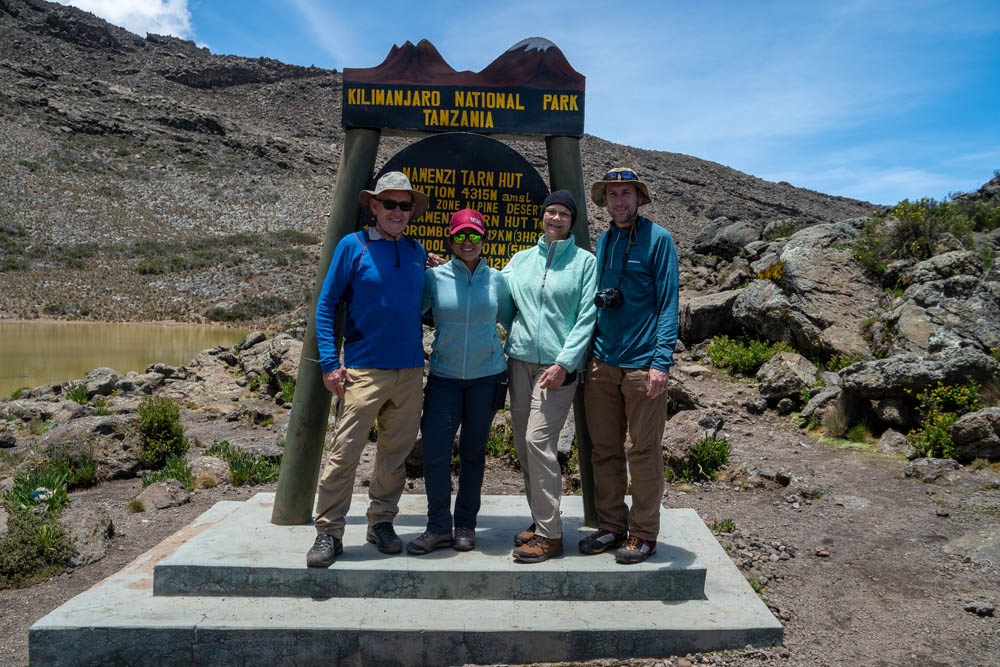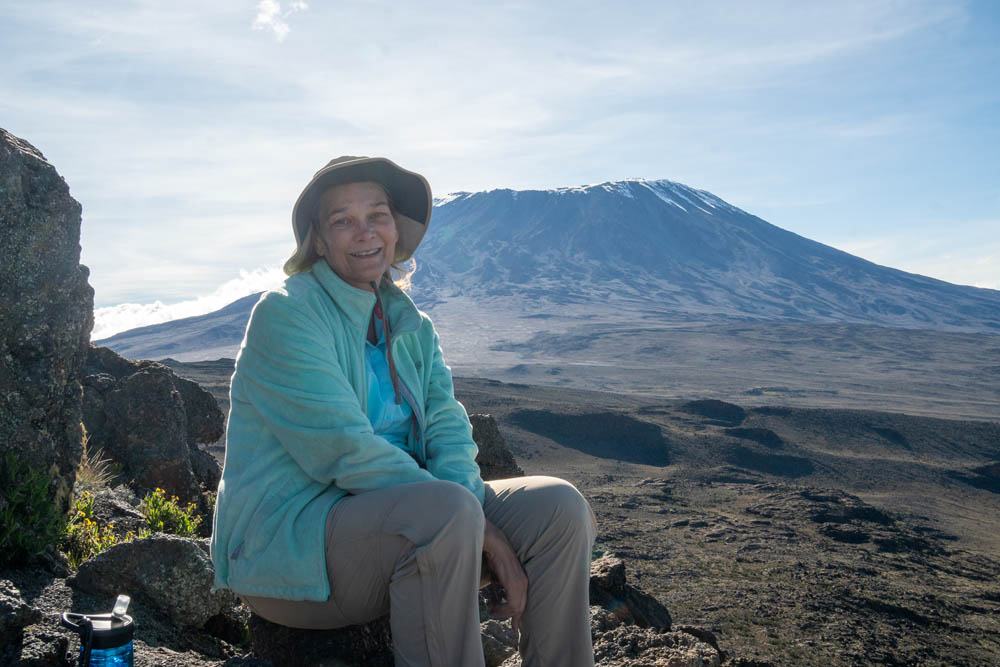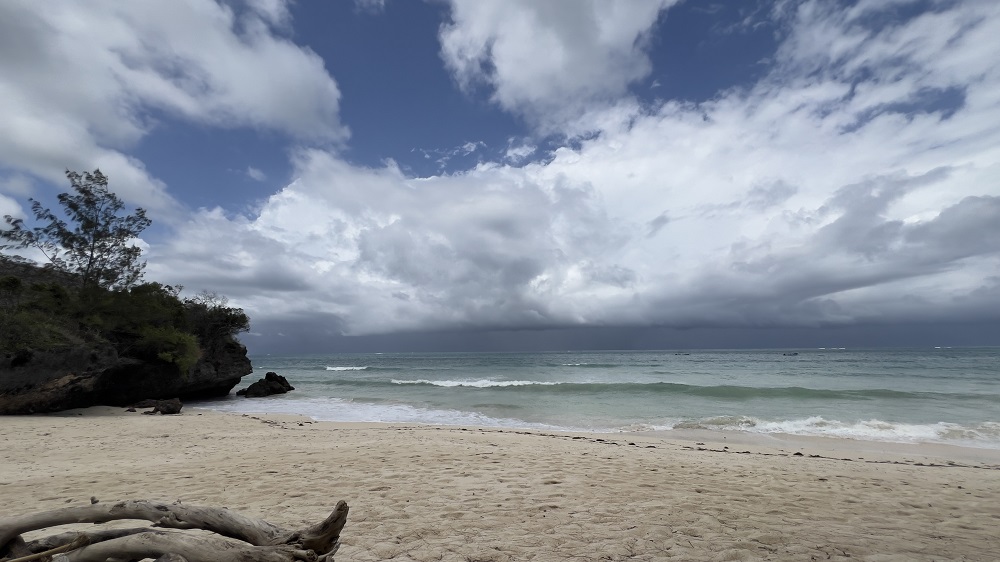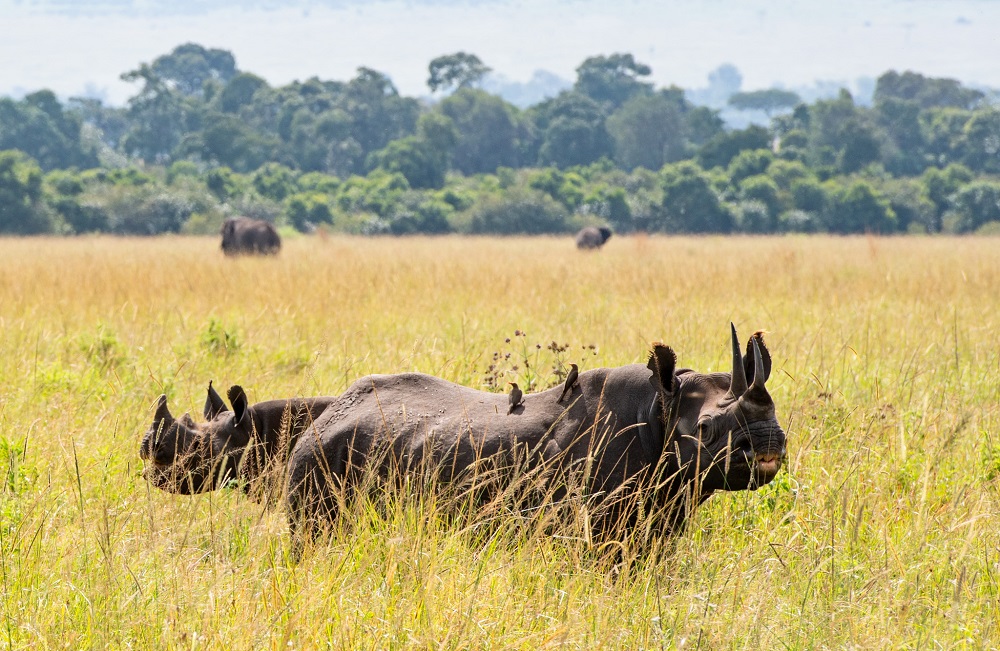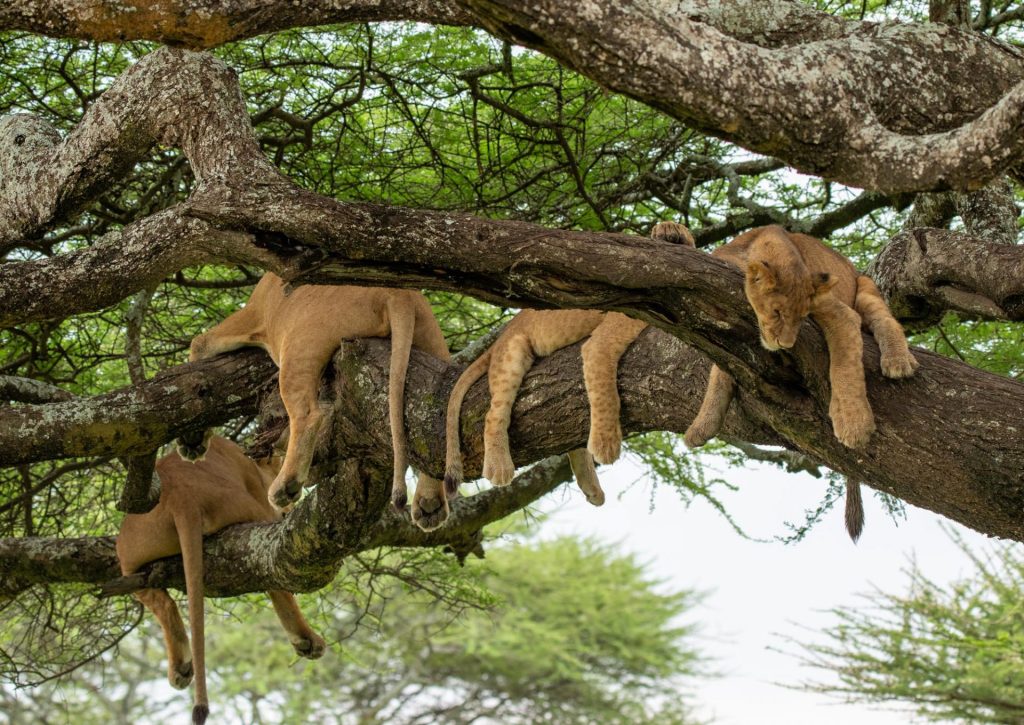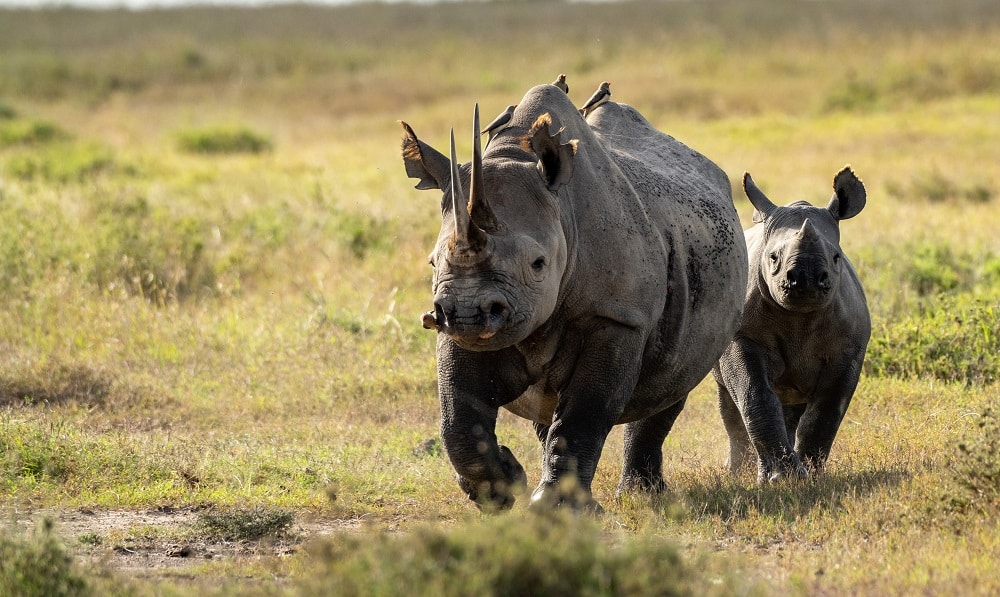"Only in Africa": How to improve your chances to summit Kilimanjaro
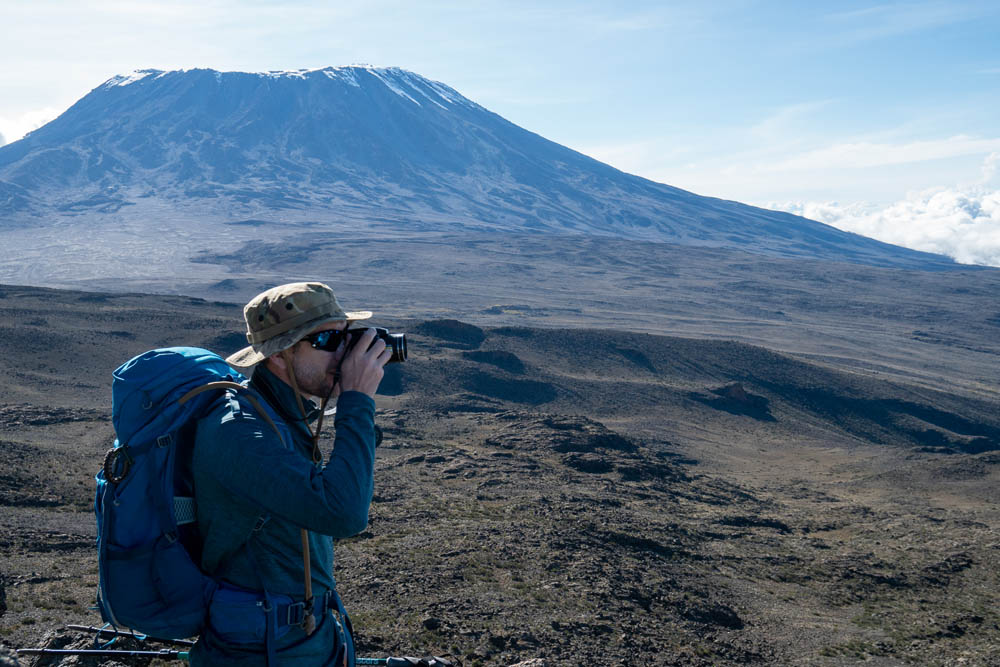
“Only in Africa”:
How to improve your chances to summit Kilimanjaro
Having successfully reached the summit of Kilimanjaro twice in three years, most recently along the Rongai Route in Feb 2020, while training mostly at close to sea level, here’s Fish Eagle Safaris founder Bert Duplessis’ tips for a successful Kilimanjaro climb:
#1: Keep your feet happy and healthy
This starts with buying and wearing in a good pair of well-fitting waterproof boots. Do not scrimp on this purchase. The line between success and failure on Kilimanjaro is a thin one and developing debilitating blisters can easily tilt you in the wrong direction. Personal hygiene is a challenge on the mountain with no access to showers, except cold ones on the Marangu Route. Whatever you do or do not do in this arena, don’t neglect your feet. Take immediate and decisive action to treat a blister or hot spot right away, before it becomes problematic. Use an antifungal like Tinactin daily and apply a lubricant like Glide (get it from a running store) on and between your toes, on your heels and other potential problem areas, before every hike. Prevention is way more important than cure, particularly over the space of a few crucial days.
Proper socks are super important. I’ve had great results with a thin liner sock (like the REI store brand), together with a double-layered hiking sock such as the Wrightsock ‘Coolmesh’ type. Take enough socks to start with a clean pair (liner and regular socks) every day, plus 2 spare sets in case of unexpected heavy rain or other mishap.
#2: Follow your head guide’s instructions and requests
Your head guide has summited Kilimanjaro probably dozens and even hundreds of times. He knows what works, he can anticipate issues and pitfalls, help you avoid failure and inspire you to deliver your best. As long as you listen to him and let him lead. If the pace initially seems painfully slow, there is a reason. If the head guide wants you to do an afternoon climb to gain some more altitude, after a long and perhaps punishing morning hike, do it. Don’t fret, don’t whine – you are paying good money for the chance to achieve something really special. So, shun all negativity from your mind and let your head guide help you realize your dream.
#3: Sleep when you can
Get some sleep at night or during the day, whenever the opportunity arises. Whether it’s a 15-minute nap or a 6-hour slumber, it all adds up and it is vital, in fact critical for success. Bring good earplugs, a comfy pillow, whatever it takes to get you in a sleep mode. It may help to avoid caffeine and alcohol. A high quality sleeping bag which will keep you warm at temperatures as low as minus 20 degrees Fahrenheit is a good investment in more and better sleep. It means you can get into your sleeping bag with just a couple of layers of loose, comfortable sleepwear. To keep warm in a sleeping bag not designed for such low temperatures, you may end up having to wear multiple layers of clothing. This can be annoying, restrictive and not conducive at all to falling asleep easily and quickly. Plus of course being cold inside your sleeping is guaranteed to adversely affect your sleep duration and quality.
#4: Eat and drink regularly.
The food on Kilimanjaro is typically bland and predictable: chicken and chips, a variety of stews, lots of vegetables and pasta. And soups. If you are lucky your cook will prepare some local foods like ugali (rustic polenta) and beans. Even the most creative of mountain cooks are stymied by the limited range and quantity of fresh ingredients which the porters can carry all the way up, so don’t expect something new and exciting every day. You must eat though, to replenish the thousands of calories burnt every day. So, while you may not always feel ravenously hungry, decent nourishment is vital. Be sure to bring some energy bars with you; on our last trek I tried the Luna brand Blueberry and Lemon Zest varieties and they both hit the spot! Be creative and experiment, just make sure that you get your calories in. It is ok to indulge in sugary treats for these few days so by all means tuck into candy bars, chocolates, snack food and trail mixes – anything you find palatable.
Your head guide will be checking regularly to make sure that you stay hydrated as that is of paramount importance. Whether you use a bladder system or individual Nalgene bottles – or both – make sure that you carry at least 3 to 4 liters of water on you; it is advisable to add some electrolytes to the bottled water.
#5: Take the Diamox
Don’t shy away from a twice daily dose of Diamox (Acetazolamide), a diuretic which helps to prevent and reduce the symptoms of altitude sickness. Most climbers take about 125mg to 250mg or so – but be sure to consult a physician before doing so. Taking Diamox is no guarantee of success, but it does help a lot of people. The most common side-effects include some tingling in the extremities and excessive urination. Not a bad trade-off for achieving your goal. Persons who have an allergy to Diamox or sulfa drugs should clearly not take this drug – again, be sure to consult a medical specialist before taking any prescription medication.
#6: Train, train, train
It is never too soon to start training for Kili but certainly you’d want to be on some kind of training regimen starting no less than 6 months prior to the summit date. Ideally of course, climb some mountains or hills with a backpack, with some weights. Start modestly and work your way up from a couple of days or so per week, increasing the distance and frequency as the climb approaches.
No hills? Find a levee wall or other decent sized hill or slope (steps if there is nothing else) and walk up and down with a weighted backpack for up to an hour or more, several times per week. Make this progressively harder and more challenging as the big day approaches. Be careful with weights on your back as too much can be dangerous, particularly if not carried high up and close to your upper torso. Even regular long hikes with your Kili boots and backpack (load it up progressively) will help with the preparation, hills or no hills.
In addition, and in combination with hiking, I suggest a series of single leg exercises to increase your ability to handle the thousands of ‘up’ and then thousands of ‘down’ steps required to get to the top. And down again. The exercises which I personally do include the following:
i) Single leg step-ups. Start with a low, comfortable box height and work up from there, adding dumbbells as required later. Be sure to focus on using the front leg exclusively; avoid driving off the back leg. Finish on the front leg only. And then step down slowly.
ii) Single leg deadlift. Standing on your one leg, lift and extend the other leg backwards to reach a horizontal plane with your torso. As you bend over to do this, keep your shoulders back and lower your arms so that your hands touch the floor surface lightly. Stay controlled and don’t let your leg muscles relax to the point where you ‘sag’ to the left or right.
iii) Single leg squats. Standing on one leg and keeping the other one just off the floor behind you, lower your butt to the ground gently and slowly, without putting undue strain on your knee. Keep your body weight right above your feet and don’t let your knee sway or get too far forward. Start slowly, with just a few repeats.
iv) Barbell front squats. Using preferably a barbell with weights (start modestly), work some ‘regular’ squats into the routine. Be sure to keep the weight back so that you feel the pressure in your heels, not your knees. Squats are good for the legs as well as the glutes. Nothing wrong with that!
v) Walking lunges. Start with a dozen or so walking lunges and once you are comfortable, increase the number per set and the number of repetitions or add some weight to make it a bit more challenging.
vi) Calf lifts. Kilimanjaro can shred unprepared calves so take heed. Stand with the balls of both feet firmly on a low step or stair, lift up as high as you can onto your toes, and then gently lower your heels as much as your ankle flexibility allows. Rest your hands against a wall or counter to maintain your balance.
Work your way slowly up to about 3 sets of 12 each of these exercises, about 3 times per week, and you will be heading in the right direction. Increase the number of sets when it becomes easy or start adding some weight in the form of ankle weights, a weight belt or dumbbells.
It is a good idea to also include some aerobic distance exercises like running, biking or a rowing machine to build up endurance and good oxygen utilization. High intensity training like Crossfit is not recommended due to the potential for injury. However, there’s nothing stopping you from doing some high intensity running like fartleks (speedplay) which can be done anywhere. Just warm up properly and don’t make any sudden or large increases in volume or intensity, from one day or week to the next. Slowly slowly, just like the eventual ascent you are working towards!
There is no prohibition on including other training modalities and equipment like regular gym core and weight work, swiss ball, medicine ball, resistance bands or whatever you are already doing. And of course, if you already work with a personal trainer, that is your best-case scenario. A personal trainer will be able to customize your training program to get you into tip-top form for Kilimanjaro!


